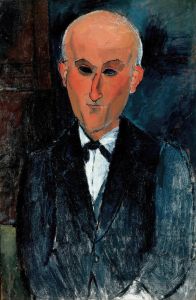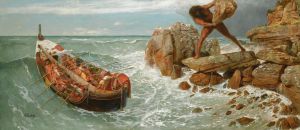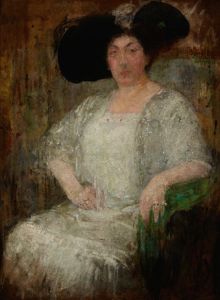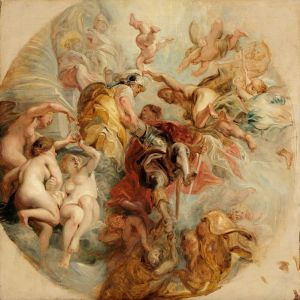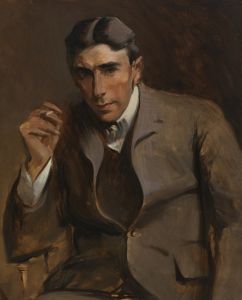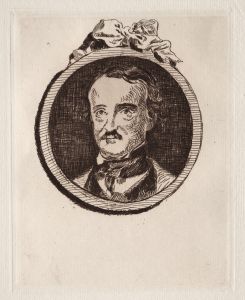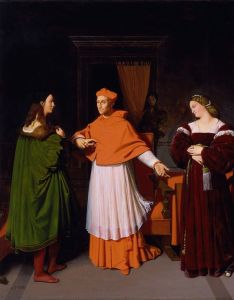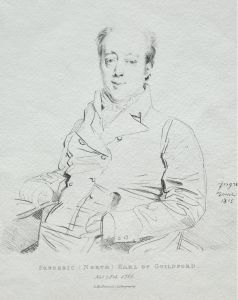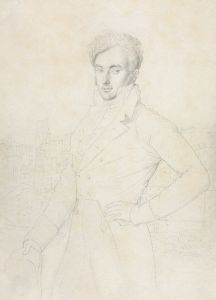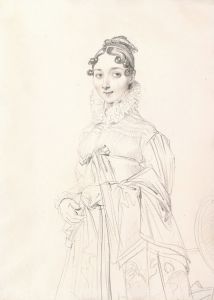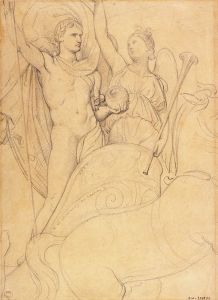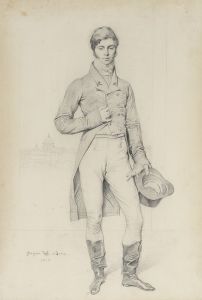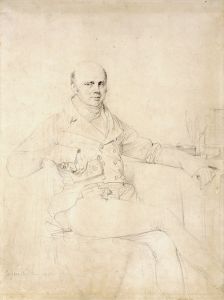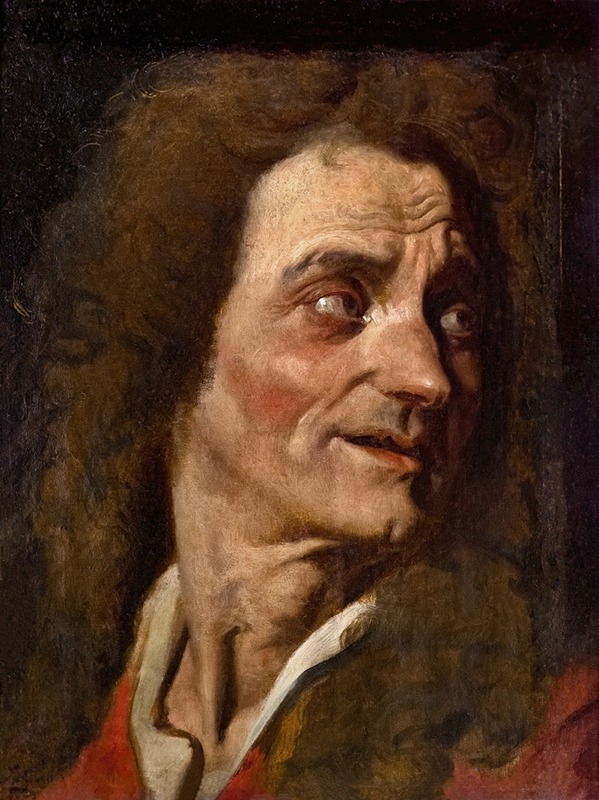
Study for Apotheosis of Homer; Boileau’s head
A hand-painted replica of Jean Auguste Dominique Ingres’s masterpiece Study for Apotheosis of Homer; Boileau’s head, meticulously crafted by professional artists to capture the true essence of the original. Each piece is created with museum-quality canvas and rare mineral pigments, carefully painted by experienced artists with delicate brushstrokes and rich, layered colors to perfectly recreate the texture of the original artwork. Unlike machine-printed reproductions, this hand-painted version brings the painting to life, infused with the artist’s emotions and skill in every stroke. Whether for personal collection or home decoration, it instantly elevates the artistic atmosphere of any space.
Jean Auguste Dominique Ingres, a prominent French Neoclassical painter, created the drawing "Study for Apotheosis of Homer; Boileau’s head" as part of his preparatory work for the larger painting "The Apotheosis of Homer." Ingres, known for his precise draftsmanship and classical themes, often produced detailed studies before embarking on his major works. This particular study focuses on the head of Nicolas Boileau, a French poet and critic, who was one of the figures included in the final composition of "The Apotheosis of Homer."
"The Apotheosis of Homer," completed in 1827, is one of Ingres' most celebrated works and is housed in the Louvre Museum in Paris. The painting depicts the ancient Greek poet Homer being crowned by the allegorical figure of Victory, surrounded by a pantheon of great figures from literature and the arts, both ancient and modern. Ingres' inclusion of Boileau in this assembly underscores the poet's significance in the French literary canon and his influence on the Neoclassical movement, which sought to revive the ideals of classical antiquity.
Ingres' study of Boileau's head demonstrates his meticulous approach to capturing the likeness and character of each individual portrayed in the larger work. The drawing showcases Ingres' skill in rendering fine details and his ability to convey the intellectual presence of his subjects. This study, like many of Ingres' preparatory works, was executed with precision, reflecting his commitment to the classical ideals of harmony, clarity, and balance.
Ingres' artistic process often involved creating numerous studies and sketches, which allowed him to explore different compositions and refine his ideas before committing them to the final canvas. These studies are valuable not only for their artistic merit but also for the insight they provide into Ingres' working methods and the development of his compositions.
The choice to include Boileau in "The Apotheosis of Homer" aligns with Ingres' admiration for the classical tradition and the Enlightenment values that Boileau represented. Boileau, known for his critical writings and poetry, was a key figure in shaping French literary taste during the 17th century. His works emphasized clarity, order, and adherence to classical models, principles that resonated with Ingres' own artistic philosophy.
Ingres' "Study for Apotheosis of Homer; Boileau’s head" is an example of how the artist meticulously prepared for his larger compositions, ensuring that each figure was thoughtfully considered and accurately depicted. This study, along with others created for "The Apotheosis of Homer," highlights Ingres' dedication to the Neoclassical ideals and his reverence for the great figures of literature and art history. Through such works, Ingres not only paid homage to the past but also contributed to the ongoing dialogue between classical antiquity and modernity, a hallmark of his artistic legacy.





